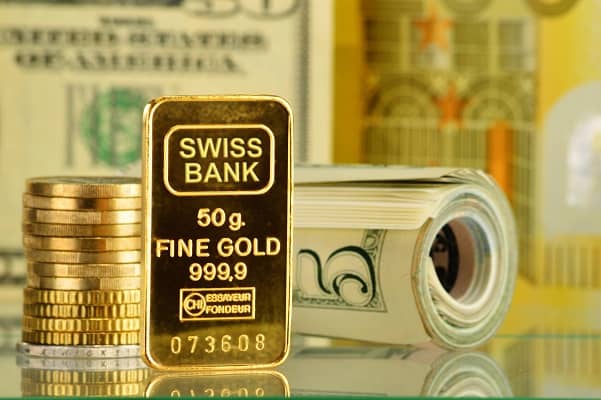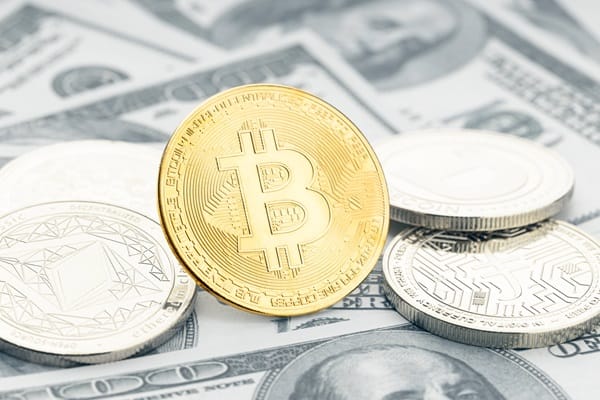Bussiness
Gold prices below $2,700 amidst strong dollar and Fed decision – London Business News | Londonlovesbusiness.com

Gold prices are moving between the levels of $2665 and $2650 this Thursday, coinciding with the growing strength of the U.S. dollar, supported by rising U.S. Treasury yields and market optimism surrounding Trump’s economic policies.
In my opinion, gold faces significant challenges in maintaining its status as a haven.
The strength of the dollar, driven by greater stability and optimism about the future economic outlook under Trump’s administration, exerts downward pressure on gold, traditionally known as a refuge for investors in unstable times.
From this perspective, the market now sees the dollar as the haven at the expense of gold. This shift stems from expectations of reduced political risks, which typically prompt investors to hedge in precious metals.
From my point of view, gold finds itself in an unfamiliar predicament, as it has not fully benefited from geopolitical tensions that could have enhanced its appeal as a haven, such as concerns about potential Iranian retaliatory strikes. This reflects a dual effect; on one hand, concerns about global market security continue, while on the other hand, the flow of safe-haven investments into gold diminishes as more investors flock to the dollar, bolstered by optimistic economic forecasts and new trade policies.
On the other hand, I expect that upcoming decisions from the Federal Reserve may offer potential support for gold. Market expectations point to a 25-basis point rate cut, which, if realized, could reduce the yield on interest-bearing assets, increasing gold’s attractiveness as a non-yielding asset. However, the question remains whether this move will be sufficient to counteract the pressures imposed by the strong dollar and rising U.S. yields on gold.
Recent economic data, such as the rise in the U.S. services PMI, indicates continued economic momentum, strengthening the Fed’s rationale to avoid aggressive monetary easing and supporting expectations for a gradual return to tightening. This suggests that the gold market will remain caught between the potential support of a rate cut, which could be temporary, and the pressures arising from rising U.S. yields and optimistic U.S. economic growth.
On another front, Trump’s potential victory in the U.S. elections carries expectations of rising inflation rates in the future, especially if he follows through on his promises to impose tariffs and pursue policies that could lead to a higher fiscal deficit. High inflation typically boosts demand for gold as a hedge, but this expected inflation increase may only benefit gold in the long term, as tariff hikes might take time before clearly impacting inflation rates.
At this stage, it seems that the Federal Reserve finds itself in a delicate position between market demand for a rate cut and the need for flexible monetary policy to address expected inflation pressures. This difficult balance will cause gold price forecasts to fluctuate depending on how the Fed responds to economic challenges. On one hand, inflation could draw investors toward gold as a hedge, but the ongoing strength of the dollar and Trump’s ambitious economic policies might dampen this trend in the near term.
In conclusion, gold’s movement in the coming period is subject to a complex mix of economic and political factors. The strong dollar, supported by market optimism about U.S. economic policies, will remain a barrier to gold’s rise. Although a rate cut may provide temporary support, the continued rise in yields and general optimism about the U.S. economy could keep downward pressure on gold in the near term.
In my opinion, the challenges currently faced by gold reflect an unprecedented situation in terms of its reduced appeal as a haven amid typical geopolitical tensions. This confirms that markets may be more inclined to invest in yield-generating assets, taking advantage of dollar stability and the strength of the U.S. economy. However, if there are sudden changes in Fed policy or a notable rise in inflation due to Trump’s policies, gold could see a partial resurgence in its appeal. But this scenario is contingent upon more cautious market approaches, which find themselves balancing Trump’s economic promises with the Fed’s need to control inflation.










